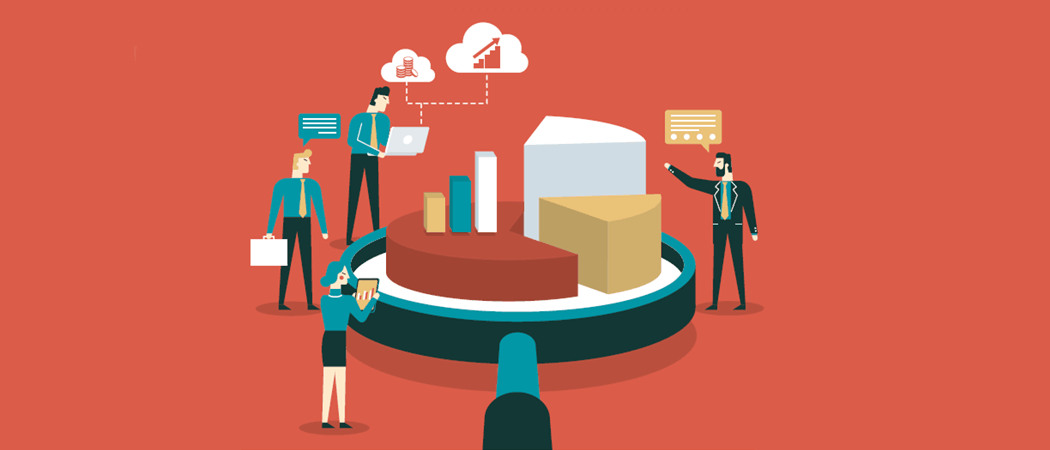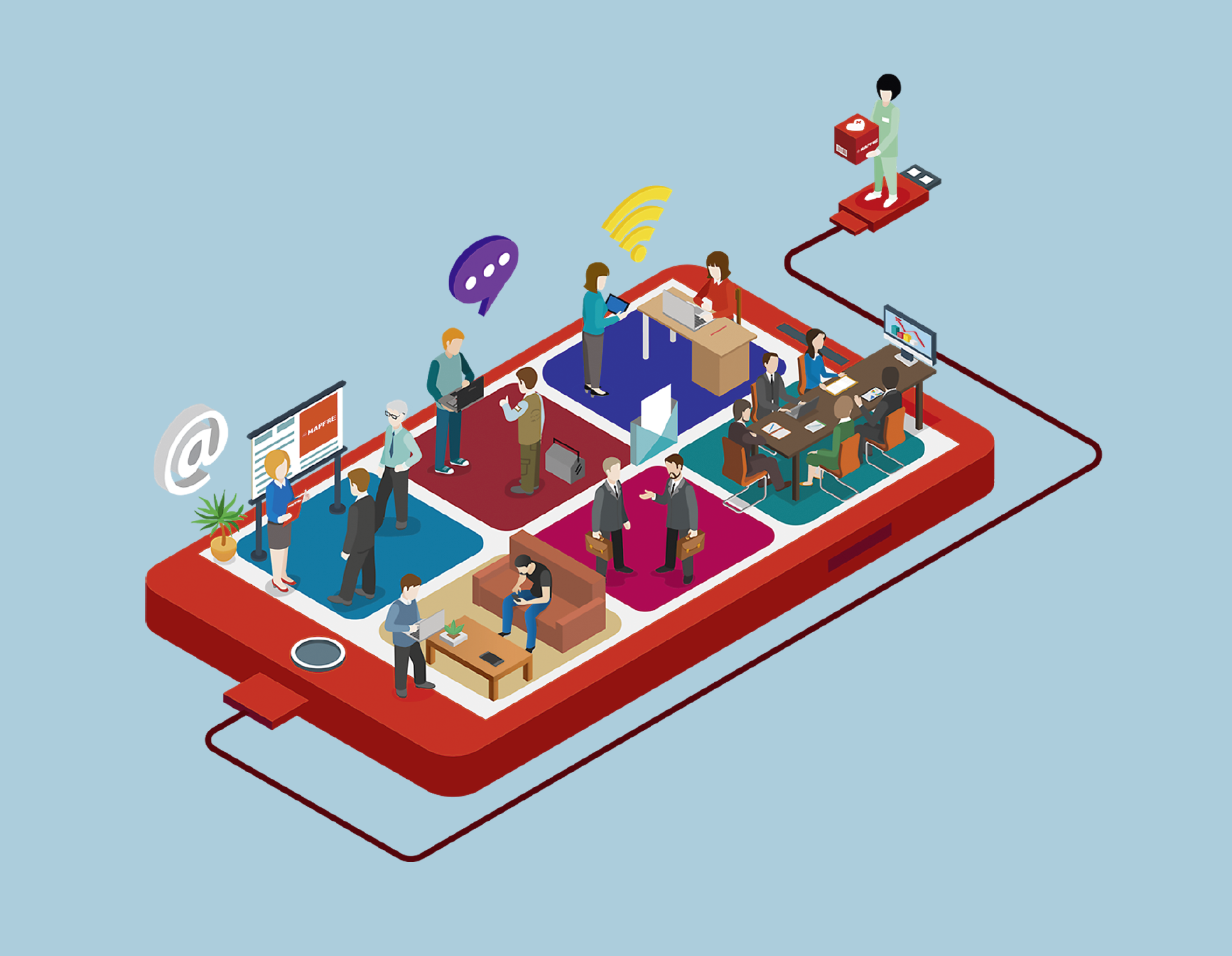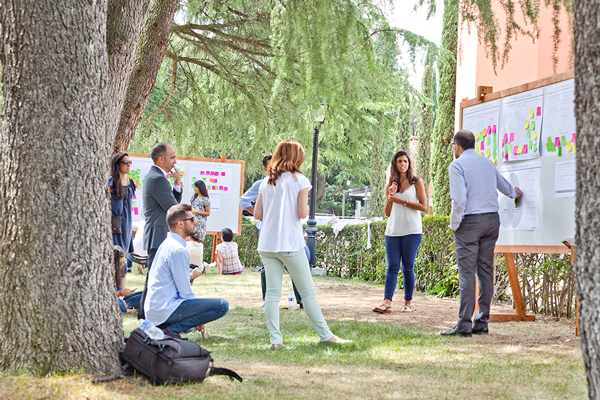TEXTO SARA ELENA TORRES HORTAL | FOTOGRAFÍAS MAPFRE, ISTOCK
The time frame is short, but the complex, ever-changing environment in which we live forces us to take this action. Like any other company with a long-term business project, MAPFRE must possess a work organization model that enables it to operate in this digital world which requires us to do things differently, striving to be.
We take stock of Digital Challenge i
Digital Challenge was launched three years ago with the aim of adapting the organization to the new requirements of the market and society, with the support of digital tools and technological advances. To do so, we defined four lines of work: more open, flexible environments; collaborative work and knowledge management; new behaviors and habits; and a new way of evaluating and recognizing effort.
We started with the deployment of Office 365 and, today, over 60 percent of our employees use collaborative tools such as Skype or Teams. We work in open-plan physical spaces — which encourage communication, collaboration, and innovation — with flexible schedules and a workplace that has been totally transformed thanks to technological mobility and enables us to work remotely.
Over the past few years we have defined and deployed new behaviors and habits that have helped us work in a different fashion and, at this moment in time, 90 percent of our employees have already received training in these new behaviors: Collaborate, Innovate, Be Agile.
In addition, we have implemented the Global Digital Skills Training Plan and the traditional and reverse Mentoring plan, in which over 600 employees are already participating worldwide.
Communities have been started up via the global intranet, which is open to all our employees and, today, there are over 570 of them around the world, with close to 8,000 employees (unique users) actively engaged. All thanks to change management, which has helped us work more collaboratively.
We launched Eureka, our knowledge platform that connects us all with MAPFRE and where more than 900 knowledge items have already been contributed.
And to support the implementation of the Digital Challenge and support employees throughout the process with change management strategies, the change management function has been integrated into the human resources areas: we have created the Corporate Change Management Office and local offices in the United States, Turkey, Spain, Peru, Mexico, Brazil, the Business Units in Spain, and the Corporate Areas. Within Digital Challenge I, the MAPFRE People App was also launched and it is already operating in Brazil, Spain, Mexico and Turkey.
We have been informing you regularly on this evolution through the global intranet. In addition, there are specific sections on all four pillars in the People Space, where you can also consult the Digital Challenge space.
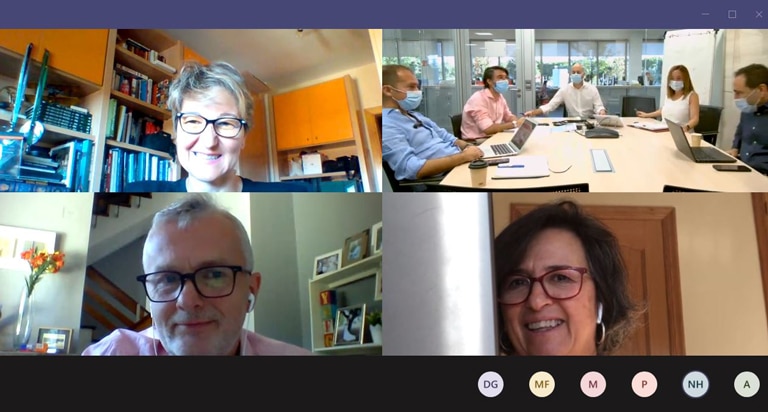
in the #retoDigital we established the bases for:

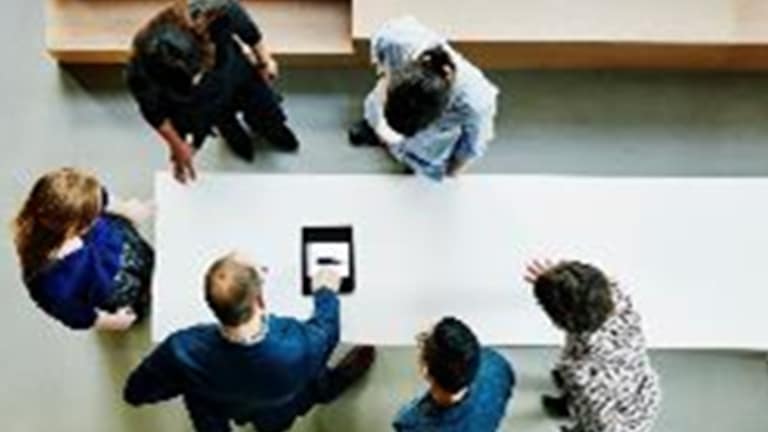
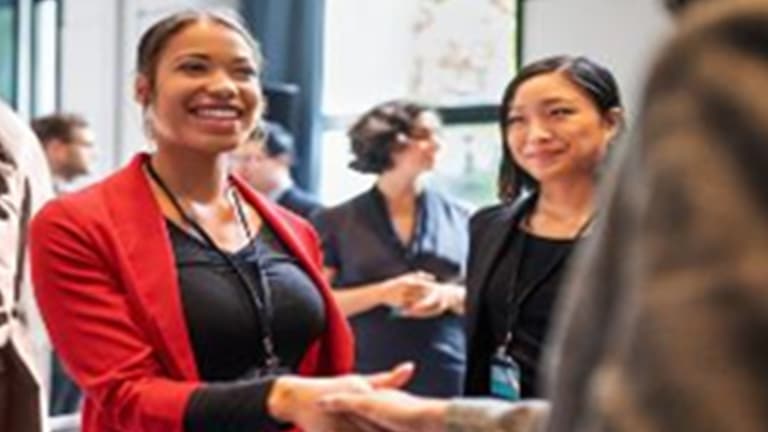
PURPOSE: To manage the type of change the organization needs if it is to adapt to new digital requirements by making the work environment more flexible and agile, providing tools that enable collaborative work and the exchange of knowledge, and developing digital profiles and new forms of leadership



In early 2020 we started out on a new phase: Digital Challenge ii
With Digital Challenge II we continue down the same road, learning and building on what we have achieved so far.
We will take a further step to equip ourselves with new capabilities, working on the productivity scenarios offered by collaborative tools, on managing our capacity, and on flexible structures, multifunctional positions and the management by project approach. And, most importantly, adapting processes to the needs of employees, through the development of Employee Experience.
In Digital Challenge II we are focusing on three lines of work:
- Digital Workplace
- Dynamic Structures
- Employee Experience
Adapting the workplace to each profile and collaborative environment, so as to be more productive, is what Digital Workplace will bring us
This Digital Challenge II pillar endeavors to boost personal productivity and more effective ways of working. How? By adapting the job position to each profile and collaborative environment, providing people with the digital tools they need to work collaboratively and with agility, optimizing time management — for example, minimizing meetings and the excessive use of email — and working as an effective team. We have defined what we call productivity scenarios, which are situations employees typically encounter in the course of their work:
Each scenario pursues a specific objective and has associated work instruments or tools that help achieve the ultimate goal:
to be more productive. With the hybrid remote working model, we will continue moving toward a new way of working, combining on-site workers, teleworkers and on-site workers who have to undertake business trips at least one day each week.
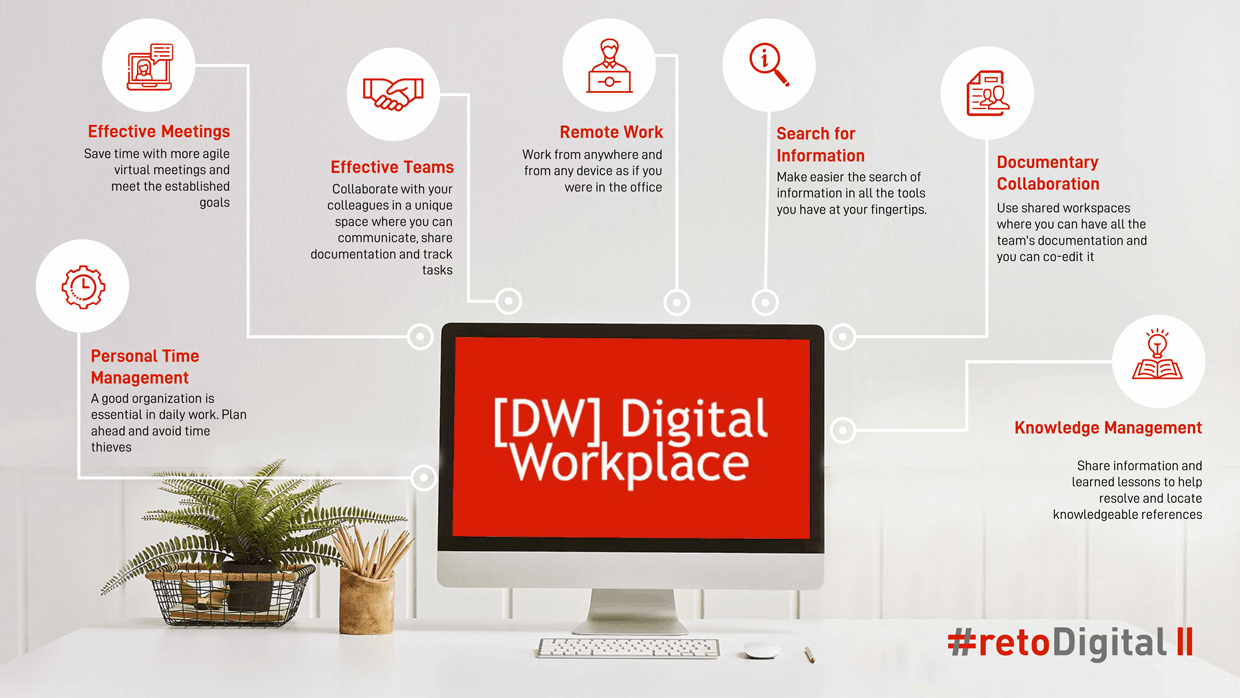
Dynamic structures: greater flexibility and agility
The aim is to make our structure more flexible and agile. What will we achieve with this?
- Assist business operations
- Boost the project-based approach
We want to help achieve greater agility in decision-making and project development, adapting new knowledge to gain employability and be more versatile, collaborating in making the operational models more effective and boosting projectbased work, with contributions and participations between different areas and functions.
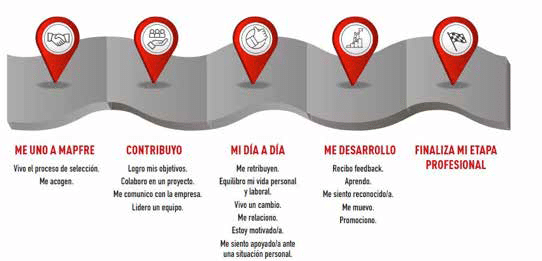
Ensuring a good employee experience by focusing on personalization
The goal is to adapt and tailor the people management processes so as to personalize the employee experience, enhance job satisfaction, increase professional growth opportunities, and take full advantage of all the talent available within the organization.
In order to offer employees a personalized experience and development opportunities, MAPFRE must possess comprehensive information on its employees and, in addition, continuously assess the quality of their experience throughout their professional life cycle. To do so, we have defined the Professional Profile and designed a measurement model to facilitate in-depth analyses at each stage.
Digital Challenge II aims to continue managing the change that the organization needs in order to adapt to new social and business requirements. This is achieved by implementing new capabilities, developing more dynamic, flexible structures, and personalizing the employee experience so as to keep supporting their professional growth and talent development.

